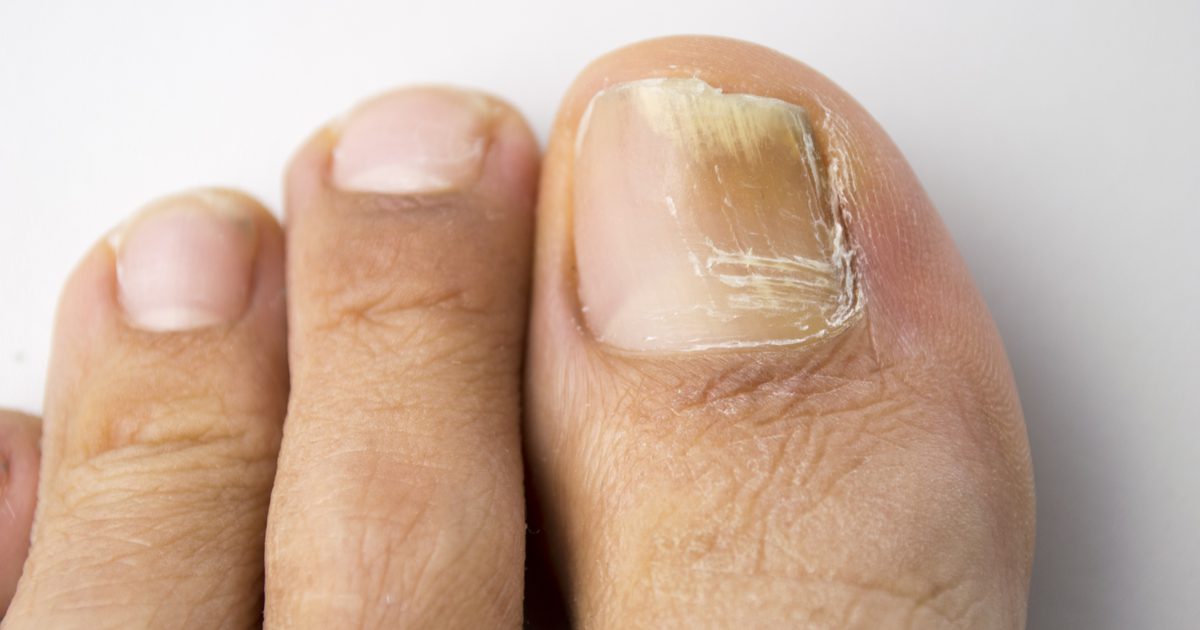Warning Signs Of Achlorhydria
Achlorhydria is the more severe form of hypochlorhydria. While the latter is a deficiency of stomach acids, achlorhydria is a total absence of stomach acids. Both conditions can damage the digestive system and impair digestion. Achlorhydria prevents the body from breaking down proteins properly, and it also increases the patient’s vulnerability to infections of the gastrointestinal tract. Stomach acids protect individuals from disease by killing various parasites, bacteria, and viruses. Their absence leaves a patient vulnerable to diseases caused by such organisms. Untreated achlorhydria can be potentially fatal.
Achlorhydria affects men and women equally, and it is most common in older adults. Weight loss surgeries, antacids, and proton pump inhibitors can increase the risk of developing achlorhydria because they reduce the amount of stomach acids or alter the digestive tract. Hypothyroidism and some autoimmune disorders can also increase the risk of developing achlorhydria. Reveal some of the major warning signs of achlorhydria now.
Weak And Brittle Nails

Generally speaking, nutrient deficiencies weaken the nails or cause other abnormalities. Since achlorhydria impairs the body’s ability to absorb nutrients, it will cause nutritional deficiencies, and some of those deficiencies cause onychorrhexis or brittle nails. Other nail abnormalities caused by deficiencies include koilonychia (spooning), leukonychia (white spots on the nails), and ridges on the nails. Nails take about six months to grow out, so an abnormality affecting the entire nail hasn’t developed recently. This is precisely why they are a significant indicator to pay attention to and receive treatment for, even if it turns out they are not the result of achlorhydria.
Learn more about symptoms of achlorhydria now.